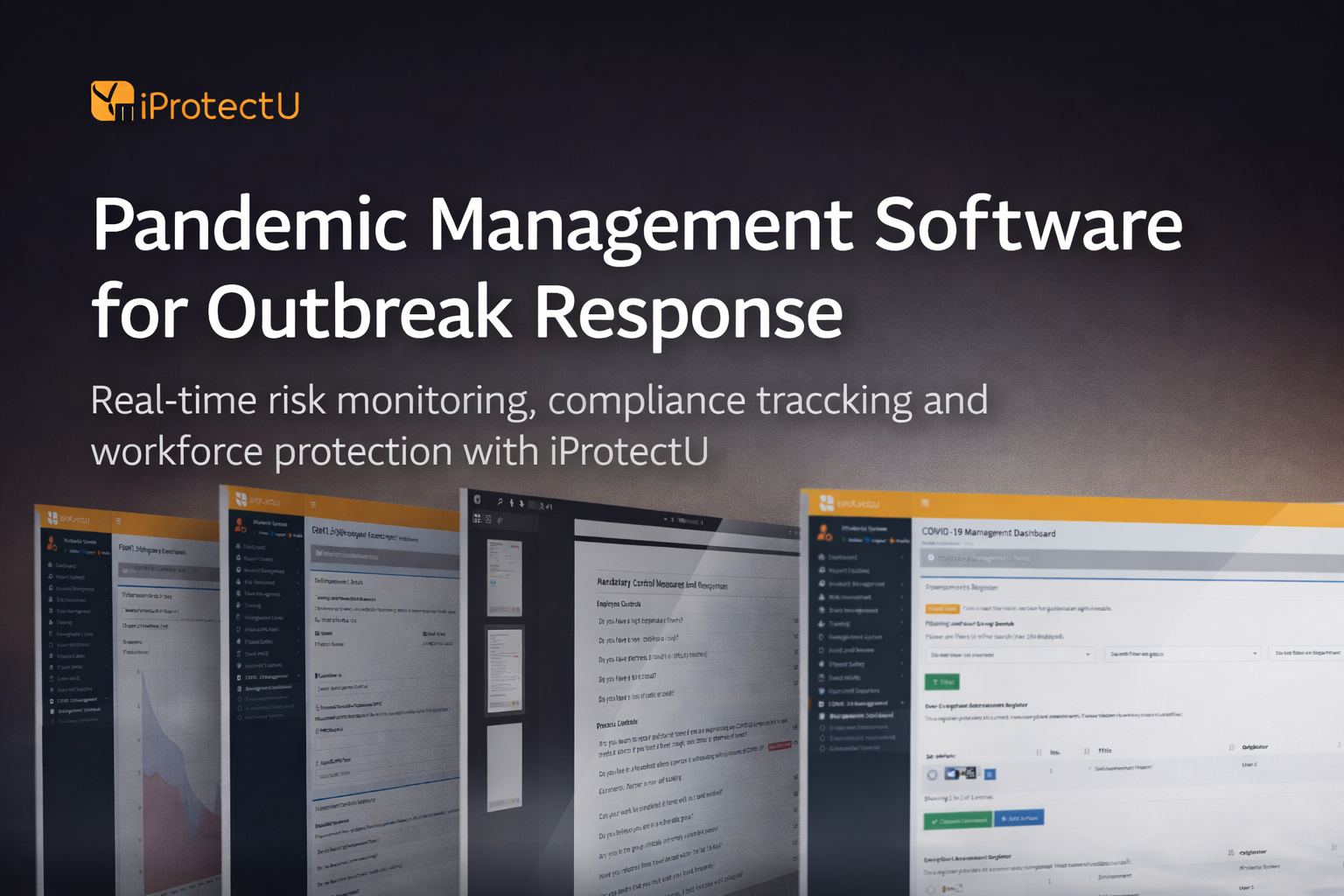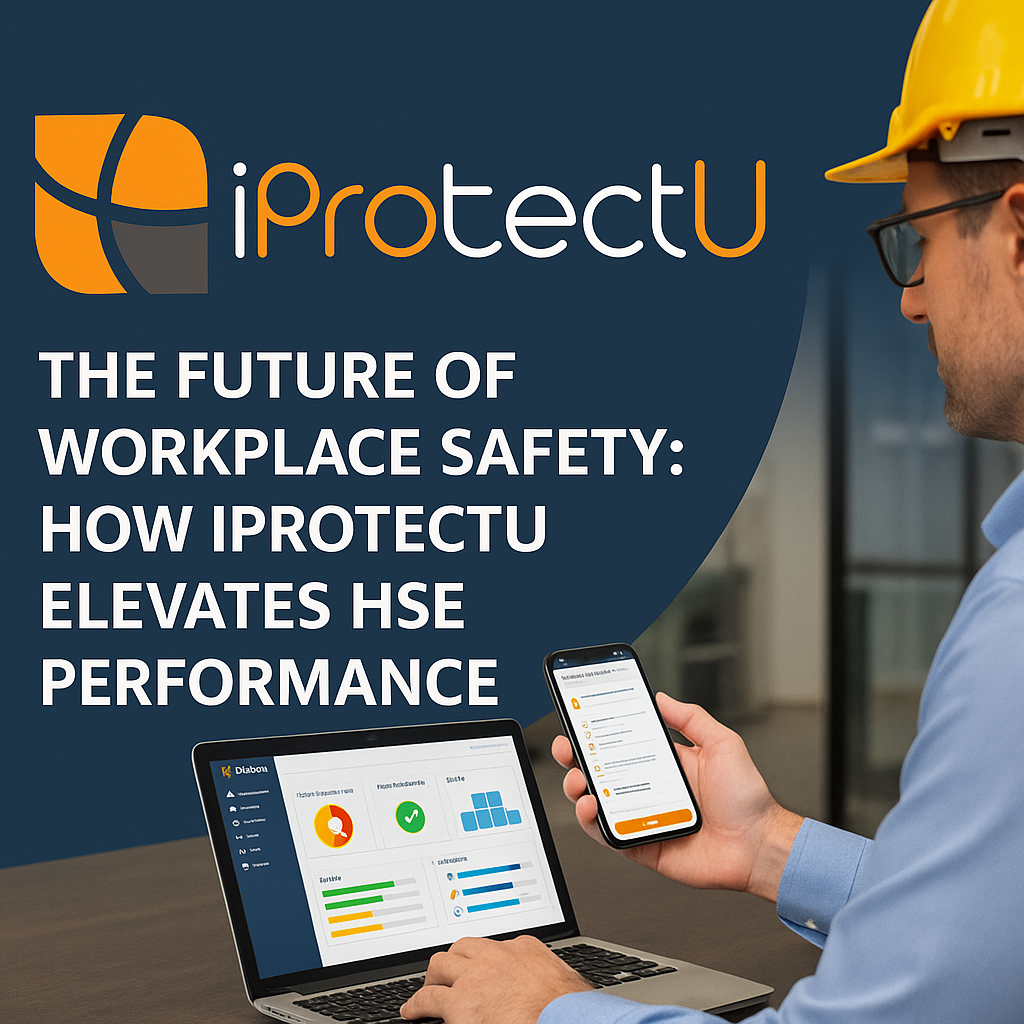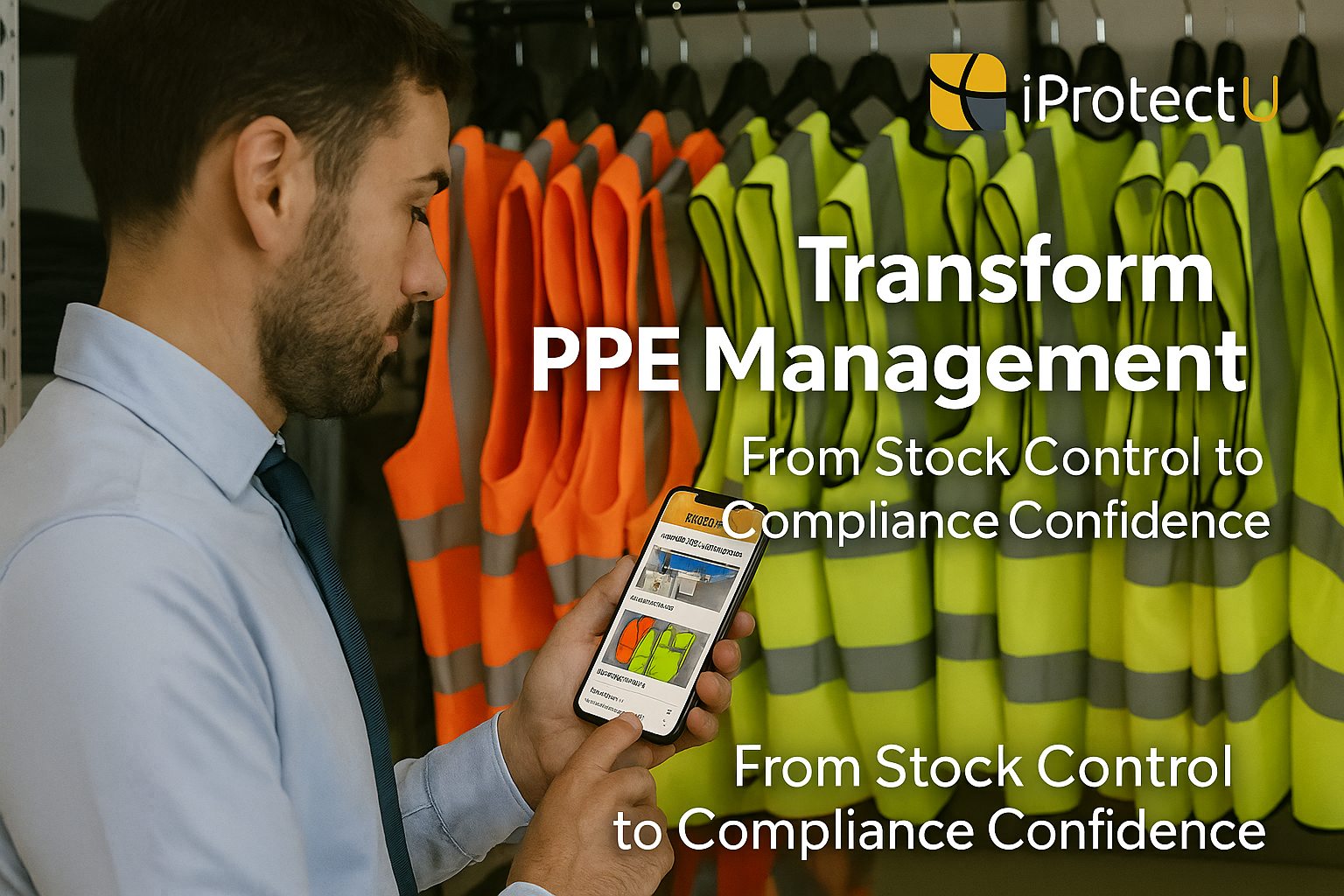
Twas the Night Before Compliance: A Very iProtectU Christmas & New Year’s Tale
Ho ho hold on – before you climb that ladder to hang the fairy lights…
Health and Safety Software » Health and Safety Software News » Risk Assessment » Stress Management Risk Assessment in the Workplace

Employers have a legal duty to protect their employees from work-related stress. This means carrying out a stress risk assessment and taking steps to manage the risks.
A stress risk assessment is the process of identifying and assessing the factors that may cause stress in the workplace. It should be conducted by a qualified person, such as an occupational health professional.
The initial step in a stress risk assessment is to identify potential stressors in the workplace. These can include:
Once the potential stressors have been identified, the next step is to assess the risks. This involves determining the severity of the stressors and the likelihood that they will cause stress.
The last step in a stress risk assessment is to develop and implement control measures. These control measures should be aimed at reducing the severity of the stressors or the likelihood that they will cause stress.
Control measures include:
Tips for managing stress in the workplace:
By following these tips, you can help to manage stress in the workplace and improve your overall health and well-being.
The iProtectU health and safety software provides:
Arrange your demonstration
Let us show you how we can transform your health and safety, risk and compliance management
Please choose a date and time for your demo. We look forward to meeting with you.

Ho ho hold on – before you climb that ladder to hang the fairy lights…

Europe’s rising influenza activity underscores the importance of having the right digital tools in place.

iProtectU is proud to support the Final Straw Foundation’s Native Oyster Restoration Project, helping restore

When a national voice like IBEC publishes your perspective, it matters.
This week, iProtectU

Modern HSE software has evolved into a strategic necessity, empowering organisations to manage risk proactively,

Managing personal protective equipment (PPE) doesn’t have to be a paperwork struggle. With iProtectU, safety